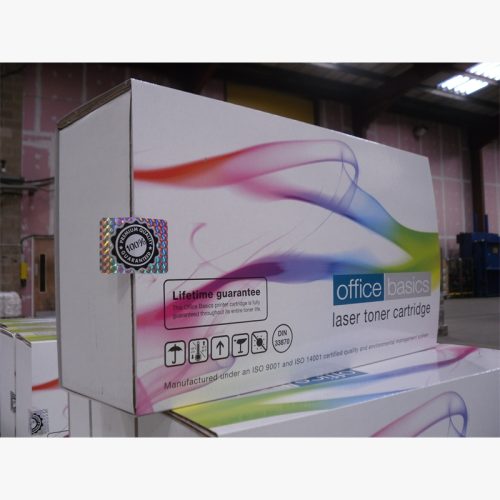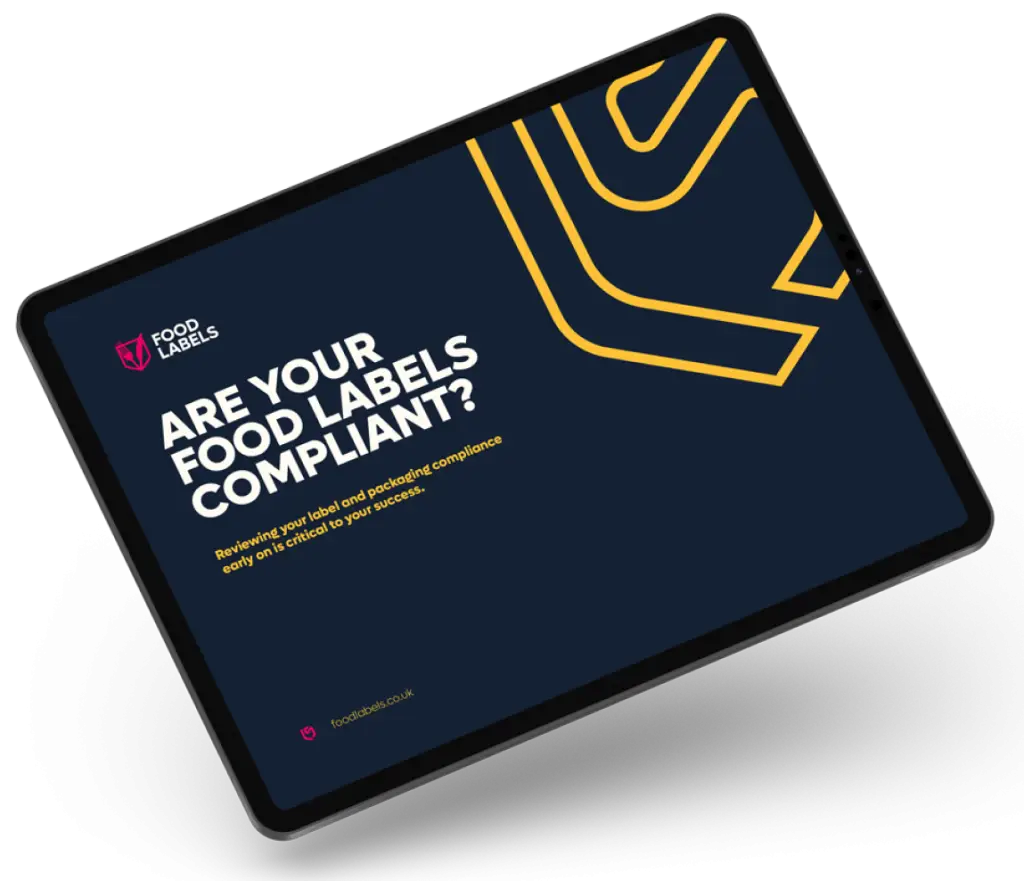PACE Labels FAQs
Pace labels (Physical Activity Calorie Equivalent labels) show the amount of physical activity required to burn off the calories contained in a food or drink product. For example, they might show how many minutes of walking or running it would take to burn off the calories in a chocolate bar.
PACE labels are designed to help customers better understand the calorie content of foods and drinks in the context of physical activity. Their focus is to encourage healthier choices by making the calorie information relatable and easier to interpret.
No, PACE labels are not currently mandatory in the UK. There has been growing interest in their potential from government and the NHS to help tackle obesity and promote public health, and some food companies and retailers have voluntarily started using them. There is some potential they could become mandatory in the future though.
PACE labels commonly display activities such as walking and running, as these are easily understandable and applicable to most customers. Some labels also include activities like cycling or swimming, depending on the product and the space on the packaging.
The calculations for PACE labels are typically based on an average adult’s metabolic rate. For example, the time required for walking or running to burn a certain number of calories is worked out using standard metabolic equivalents (also known as METs) for these activities.
PACE labels can help consumers make more informed choices by translating hard to understand or vague calorie numbers into physical activity equivalents. This may encourage people to think more about the food they consume and how it relates to their overall physical activity levels, which can possibly lead to healthier life style choices.
PACE labels are based on average values, so they may not be completely accurate for everyone. Factors like age, weight, gender, and fitness level can affect how many calories an individual burns during physical activity, but the labels still provide a useful general guide.
PACE labels, like other nutritional information, would fall under the regulatory framework of the Food Standards Agency (FSA) and Public Health England (PHE), although they are not currently required by law. Any future mandatory implementation would likely be overseen by these agencies.
Like other food packaging labels, PACE labels are typically made from paper or synthetic materials such as plastic films, designed to adhere to food packaging and withstand varying storage conditions.
PACE labels use pressure-sensitive adhesives that meet food safety standards. These adhesives ensure that the labels stay securely attached to food packaging without running the risk of contaminating any food products inside.



















